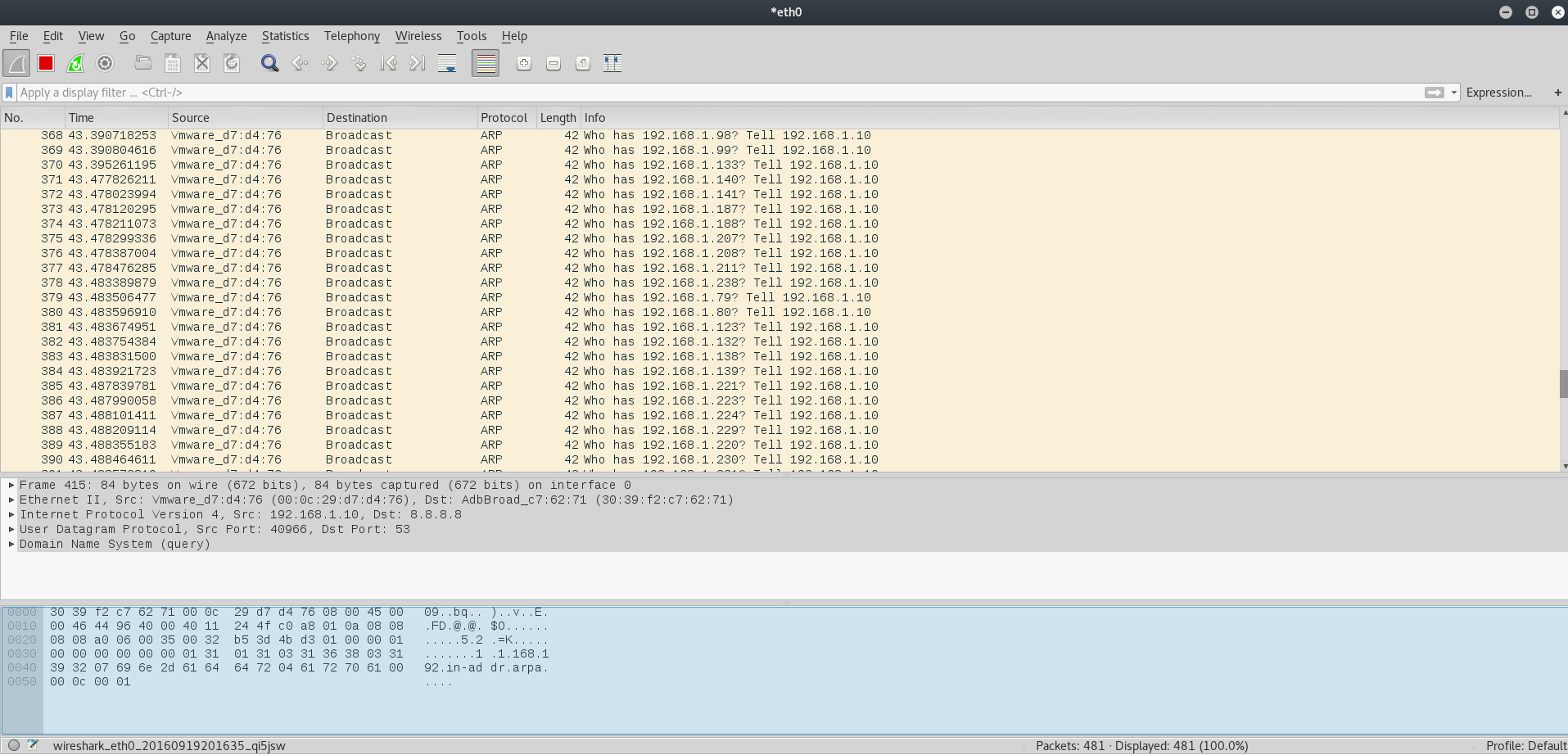
Using a domain name performs a standard lookup, and inputting an IP address does the reverse.

With the right command, you can also replicate the Lookup tool in Terminal. In addition, ping as a Terminal command performs the same operations as the Network Utility tool, which means, once again, you haven’t lost any functionality here. The netstat command provides detailed information about your network that mimics the old app’s functionality, so you’re not missing anything with the loss of this feature. While not as tidy and intuitive as the deprecated diagnostic app, Apple’s command-line interface is a powerful troubleshooting tool. Network Utility may be dead, but the application’s features live on in Terminal. Terminal Is a Viable Network Utility Replacement For example, netstat -p tcp will provide TCP connection data. -p: Lists details about a particular protocol.For example, netstat -I en0 will provide information for that interface. -I: Lists packet data for a particular interface.You should, however, aim for a more focused output whenever possible. With the netstat command, you can find information about connections, ports, and other useful details. Related: The Mac Terminal Commands Cheat Sheet When using Terminal, the output can be quite verbose, so you’ll want to have a goal in mind and use flags to refine your requests.

In Network Utility, netstat provided detailed network statistics. Here, we’ll list each Network Utility tool and provide an appropriate replacement command.

While older versions of the operating system do still run Network Utility, those of us who’ve upgraded must seek other solutions.įortunately, Terminal is up to the task, and you can replicate most of the functions and features of Network Utility using the right commands. However, with the release of macOS Big Sur, Apple chose to discontinue the application. Network Utility in macOS was an invaluable tool for troubleshooting connectivity issues.


 0 kommentar(er)
0 kommentar(er)
